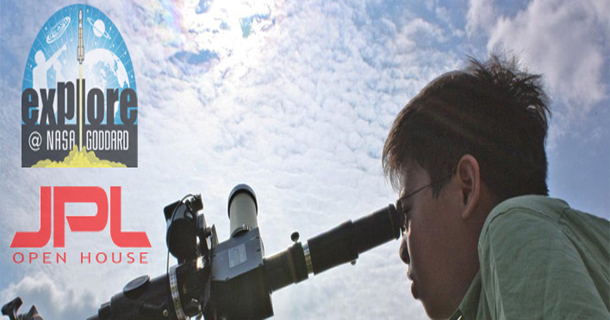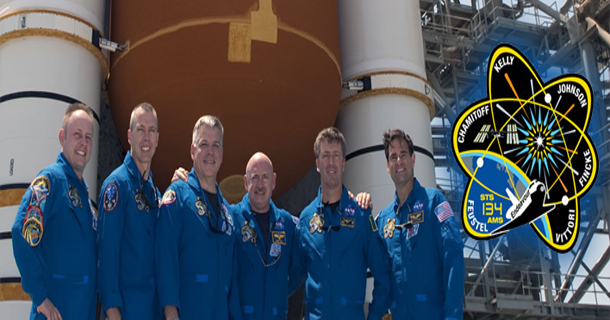Titan lake: Stunning Nasa image confirms surface liquid on Saturn's largest moon Read more: http://www.dailymail.co.uk/sciencetech/article-1237251/Ti
Nasa has captured a stunning image of light reflection in the northern hemisphere of Titan, the largest moon of the planet Saturn, illustrating the presence of surface liquid on the planetary body.
The image, taken by the Cassini Spacecraft's visual and infrared mapping spectrometer on July 8, is the first of its kind.
Scientists had previously discovered lakes of surface liquid in the moon's southern hemisphere using infrared. It makes Titan the only other body besides Earth believed to harbour liquid on its surface.
Known as a specular reflection, the glint of light has been the focus of Cassini's mission since the craft made contact with Saturn in 2004. However, Titan's northern hemisphere has been shrouded in winter darkness for much of that time.
Titanic discovery: The glint, shown at the very top of the image, is captured for the first time
Sun only began to directly illuminate the northern lakes, which considerably outnumber the amount found in the southern hemisphere, during the moon's spring equinox in August this year.
'This one image communicates so much about Titan - thick atmosphere, surface lakes and an otherworldliness,' said Cassini project scientist Bob Pappalardo in a press release. 'It’s an unsettling combination of strangeness yet similarity to Earth.'
The glint comes from the southern shoreline of the sprawling Kraken Mare lake, which covers about 400,000 square kilometers of Titan’s surface.
Cassini team member, Ralf Jaumann, added: 'These results remind us how unique Titan is in the solar system. But they also show us that liquid has a universal power to shape geological surfaces in the same way, no matter what the liquid is.'
'Next, we want to find out more about Titan's liquid. Do we have some kind of weather there? Do we have changes with seasons? Does it rain? How does the liquid methane run across the surface?'
Scientists have been captivated by Titan for many years with the belief that its rich carbon atmosphere is similar to that found on our planet in its youth.





 3:51 AM
3:51 AM
 Nasa Information
, Posted in
Nasa Information
, Posted in





